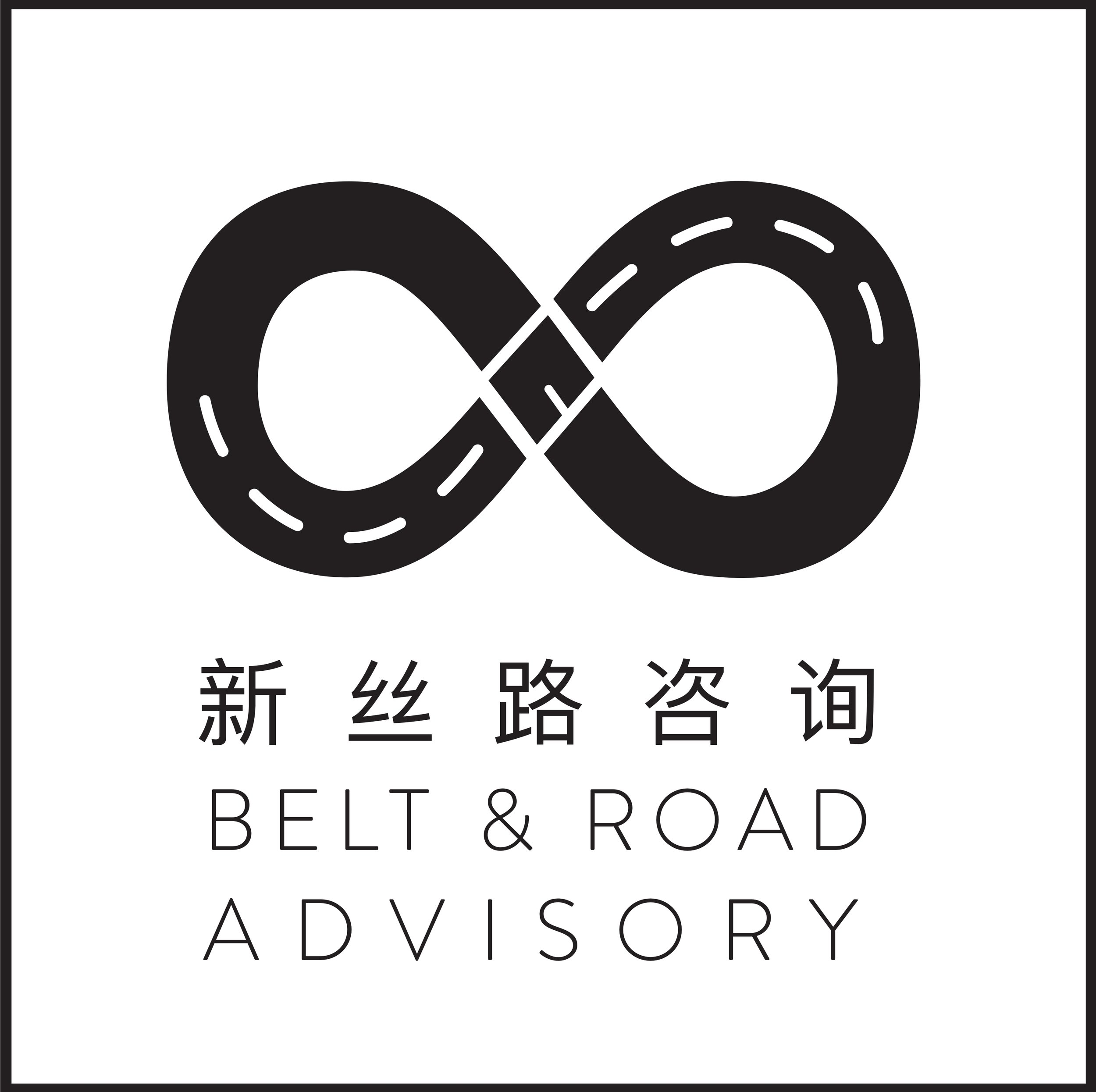How to tap into Belt and Road finance – Essential Guide
Two of the most common questions we receive from our prospective clients are 1) what Belt and Road financing is available and 2) how should it be accessed?
Unfortunately, a lack of transparency, misguided reports and lack of availability in the local language make such questions difficult to answer. However, at Belt and Road Advisory, we have compiled a list of some of the key Belt and Road financiers below. If you want to know more details, or how you can best position your company or project to access such finance, please contact us here.
Shanghai’s financial district
Source: cntukw.cn
Perhaps unsurprisingly, the vast majority of BRI financing is Chinese finance. Foreign investors are increasingly looking for ways to finance BRI infrastructure, but up to now, their participation in the initiative has been limited. That’s partly because foreign investors do not have the appetite to invest in some of the countries BRI comprises, but also because the Chinese side have expressed little desire to engage foreign capital. That may well change with time, and we continue to keep a close eye on the matter. For example, just this week, China Construction bank issued SGD $300 million dollars of BRI bonds in Singapore. But the fact remains, that BRI is dominated by Chinese financiers and contractors. Here is a short list of some of the key players on the financing side:
Key financiers in China’s BRI
Policy banks: China’s three policy banks, created in 1994, are state-funded. They are development financing institutions with funds allocated both at home and abroad. In particular, two of these policy banks, China Development Bank (CDB) and Export-Import Bank of China (CEXIM) and have significant capital allotted for infrastructure projects overseas. To give an idea of size, their combined total assets exceed the cumulative sum of all the Western-backed development banks combined. These policy banks do not suffer from the same capital constraints as the Multilateral Development Banks (MDBs), as they can tap into the extensive foreign reserves held by the Chinese government (approximately $3 trillion) and are heavily focused on infrastructure and related activities. Moreover, they can raise finance easily through debt markets at low interest rates given the fact that they benefit from an implicit state guarantee. They have long time horizons, and often offer loans at concessional rates for the largest BRI projects.
One of the advantages of working with Chinese partners also can provide is the joint offering of both financing and contracting. Chinese engineering and construction firms have become technically very competent through scaling up their operations at home and abroad; and moreover choosing to work with them also increases the likelihood of securing financing from one of China’s policy banks. Chinese policy banks give preferential treatment to projects using Chinese contractors; in part due to the reduced perception of risk and increased confidence in project completion.
China’s commercial banks: China’s commercial banks also have some funding available for overseas infrastructure projects, albeit more limited. While both the major commercial banks and policy banks are state-owned, the policy banks take on large economic development projects. The commercial banks take on deposits and operate more like retail banks, and need to make a return on their investments.
Chinese local governments: There exist a number of Chinese provinces that are actively seeking to support their firms expand operations from China and move production to countries where labor costs less. The advantage of partnering with Chinese local governments is that they may help to support investment promotion and encourage their firms to relocate. This was the case in the Ethiopia-Hunan SEZ where Changsha Foton, Hengyang TBEA, Hunan Chang Gao, SANY Heavy Industry and other leading enterprises from Hunan have offered their support for the SEZ.
Silk Road Fund: The Chinese government has created the Silk Road Fund with total capital of $43.5 billion to explicitly support BRI projects. The Silk Road Fund aims to make investments that improve trade between China and its neighbors, especially in Central Asia. Its firrst investments were concentrated in the hydroelectric sector in Pakistan in order to strengthen the Sino-Pakistani economic corridor, an element of the OBOR. More recently, the fund has been looking at Uzbek oil and gas projects.
The Asian Infrastructure Investment Bank (AIIB): The AIIB is a multilateral development bank headquartered in Beijing and operational since 2016. It has authorized capital of $100 billion and supports infrastructure investments. However, in comparison to the policy banks, its available capital to spend each year is smaller – in the region of $3 to $5 billion annually. The bank also has much more stringent approval processes, and operates more like an investment bank seeking to make profit, which limits the countries and sectors it can work in.
Panda bonds: Panda bonds are those issued in renminbi on the Chinese mainland. They can be issued by the developing country government for general financing or for a specific purpose. Given an increasing proportion of developing countries’ trade and investment is denominated in RMB, it may make sense going forward to diversify borrowings and tap into the Chinese debt market. Poland was the first European country to do this in 2016, and the Philippines became the first South East Asian nation earlier in 2018.
Private Chinese capital: We’re still in the early stages of China’s private companies internationalizing and participating in the BRI. However, since the BRI became enshrined in China’s constitution, it has become increasingly important and urgent for all companies in China to develop their BRI strategies, including private ones. They don’t have as much experience as the big state backed construction giants who have been operating abroad for decades, but are quick to learn. Already we see the likes of Alibaba pushing their internationalization strategies.
This list is not designed to be exhaustive. For further details, please contact us here.

